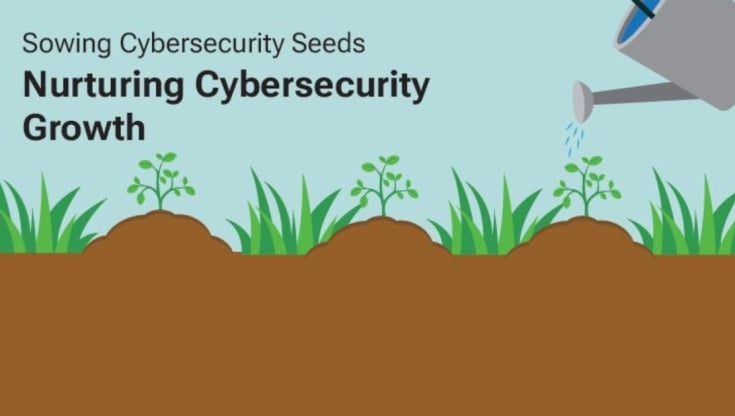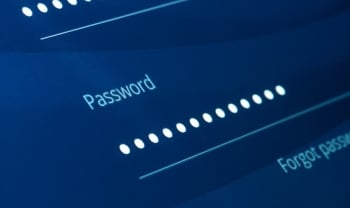How to Grow a Strong Cybersecurity Culture

Why Culture Is the Soil, Not the Fence
Let’s be honest — when most people hear “cybersecurity training,” their eyes glaze over faster than a workstation running Windows 98.
But here’s the kicker: 74% of data breaches still involve a human element, whether through social engineering, errors, or misuse, according to Verizon’s 2023 DBIR. That’s not just a stat — it’s a blinking neon sign pointing to the importance of cybersecurity culture.
If you want your security tools to do more than collect dust and alerts, you need something more profound — something human.
You need a security-first culture — like any culture, it doesn’t just appear. You grow it.
Don’t Assume Awareness = Readiness
We’ve all been guilty of assuming “everyone knows this by now.” MFA, phishing scams, password managers — isn’t that basic? Not really.
A Tessian report found that 43% of employees have made workplace mistakes that compromised cybersecurity. They usually made these mistakes because they were tired, rushed, or didn’t understand the risk.
Your team’s not ignoring security out of malice — they just aren’t wired to think like attackers.
So instead of running through dull, compliance-driven training once a year, try:
- Realistic phishing simulations (bonus points if you make them funny)
- Role-specific training (finance ≠ devs ≠ HR)
- Reinforcement via micro-learning (short, snackable lessons)
- Gamification to make learning fun and engaging
Make training less of a checkbox and more of a conversation.
Tie Security to Business Outcomes, Not Fear
Here’s the problem with scare tactics: they lose impact over time. Your team already knows threats exist. They need to understand why they should care and how this affects their daily lives.
- Sales teams should understand how poor security practices can delay deals
- Product teams should know how secure-by-design earns long-term trust
- HR should see how secure onboarding and offboarding protect sensitive data
- Finance should know how poor security practices increase risk and drive costs up
Tying security to real business goals — trust, speed, growth — becomes a shared responsibility, not an “IT thing.”
Activate Your Everyday Defenders
Your best security advocates might not be in your SOC - they’re probably in marketing, customer success, or ops. The folks who ask, “Should I open this?” instead of just clicking it. These are your everyday defenders.
Give them a name. Recognize them. Empower them.
Build a lightweight security champion program:
- Monthly check-ins with your IT/security team
- Early previews of new tools/processes
- Shoutouts for catching suspicious activity
Culture spreads through people - not policies. So give your culture carriers a microphone (and maybe a mug).
Make It a Living Thing, Not a Locked Policy
Culture isn’t static. Neither are threats. What worked last year might be irrelevant today.
Instead of locking everything down in a 40-page PDF, focus on agility:
- Revisit and refresh training every quarter
- Review permissions and access controls regularly
- Encourage feedback from users about what’s working (and what isn’t)
When employees see that security evolves with them - not just at them - they’re more likely to stay engaged.
Final Thought: Culture Is the Soil, Not the Fence
You can have the best firewall, endpoint protection, and Cloud posture tools worldwide. But if your team doesn’t understand security - if they’re not thinking securely - your business stays vulnerable.
Building a security-first culture doesn’t mean perfection.
It means planting the correct values, nurturing trust, and protecting what matters - together.
And the good news? You don’t need a green thumb- just commitment, consistency, and the belief that culture is your best security asset.
Want to strengthen your cybersecurity foundation? Start by nurturing your internal culture - one conversation, champion, and lesson at a time.


